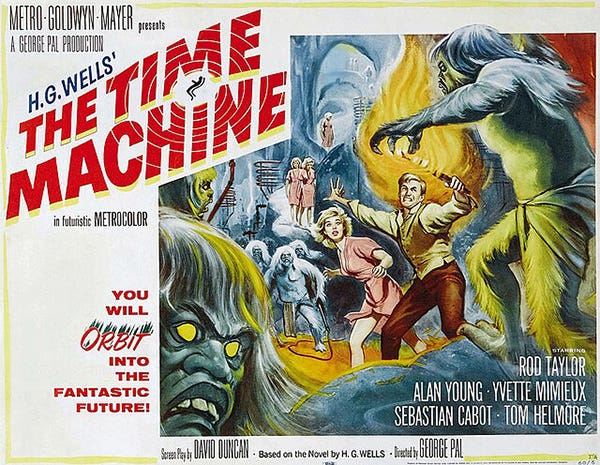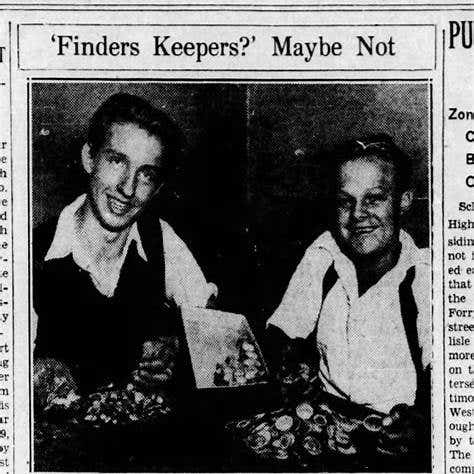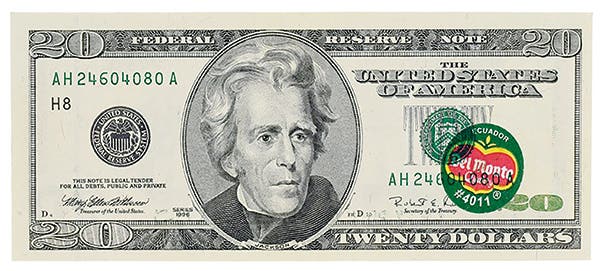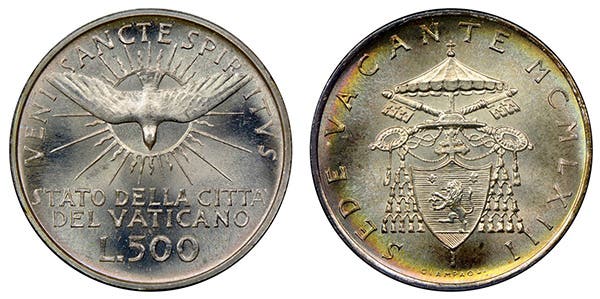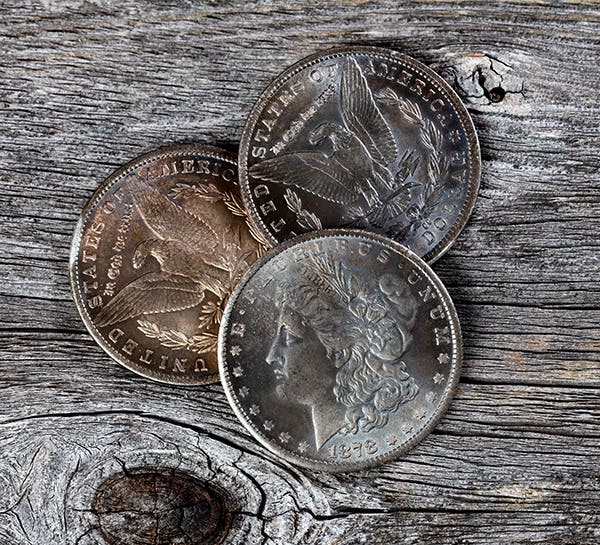First Strikes More Novelty than Quality
■ Is there any significance to a coin slabbed as a first strike other than novelty? Modern coins are produced from dies far superior to the dies used in the…
■ Is there any significance to a coin slabbed as a first strike other than novelty?
Modern coins are produced from dies far superior to the dies used in the past. At one time an early strike, just as a late die state strike, made a difference in the quality of the coin produced. Today dies have a much longer lifespan and are typically retired before they begin to wear out. For that reason, modern coins designated as first strikes are more novelty than something of special quality.
■ Military Payment Certificates were phased out in 1973. How do cardboard pogs fit into this type of currency?
MPCs were issued by the Department of War, later called the Department of Defense. Pogs were issued by the Army and Air Force Exchange Service. Being made of cardboard, pogs are lighter than are metal composition coins. For that reason, in 2001 AAFES began exchanging pogs at exchanges in Afghanistan on which a value had been printed for coins.
■ Could local Afghan merchants exchange pogs for U.S. currency?
Pogs were used exclusively at Army and Air Force Exchange Service post exchanges. Since only authorized military personnel could shop in these exchanges, there was no reason for a local merchant to accept pogs, and no way for that merchant to make purchases in an AAFES exchange.
■ What can you tell me about the hand-written signatures appearing on Confederate bank notes?
CSA Treasurer Edward Carrington Elmore issued a list of 19 signatures that were to appear on Confederate Treasury notes. Since this is a complicated subject, I would suggest getting a copy of Michael McNeil’s book, The Signers of Confederate Treasury Notes 1861-’65, A Catalog of their Signatures, for more detailed information on this fascinating and collectible subject.
■ I’ve seen several modern “reprints” of Confederate bank notes. You can usually identify them by their facsimile rather than hand-written signatures. Are there contemporary counterfeit CSA notes that can be easily identified?
CSA bank notes were cut by hand rather than by machines. For that reason, a note with perfect edges should be a red flag. Another red flag is the flimsy rice paper used to print most genuine notes. Iron gall ink was used to write the serial numbers and signatures on genuine CSA notes. This ink typically oxidizes and bleeds through from front to back. Remember, machine-applied serial number genuine notes do exist.
■ Are there any contemporary counterfeit Confederate notes worth collecting?
Philadelphia businessman Samuel Upham began counterfeiting Confederate stamps and bank notes in 1862. His earliest work includes his name and address. He dropped identifying himself as the printer (and distributor) once he learned people were cutting off his name then using the notes in CSA-controlled areas to purchase cotton.
E-mail inquiries only. Do not send letters in the mail. Send to Giedroyc@Bright.net. Because of space limitations, we are unable to publish all questions.



